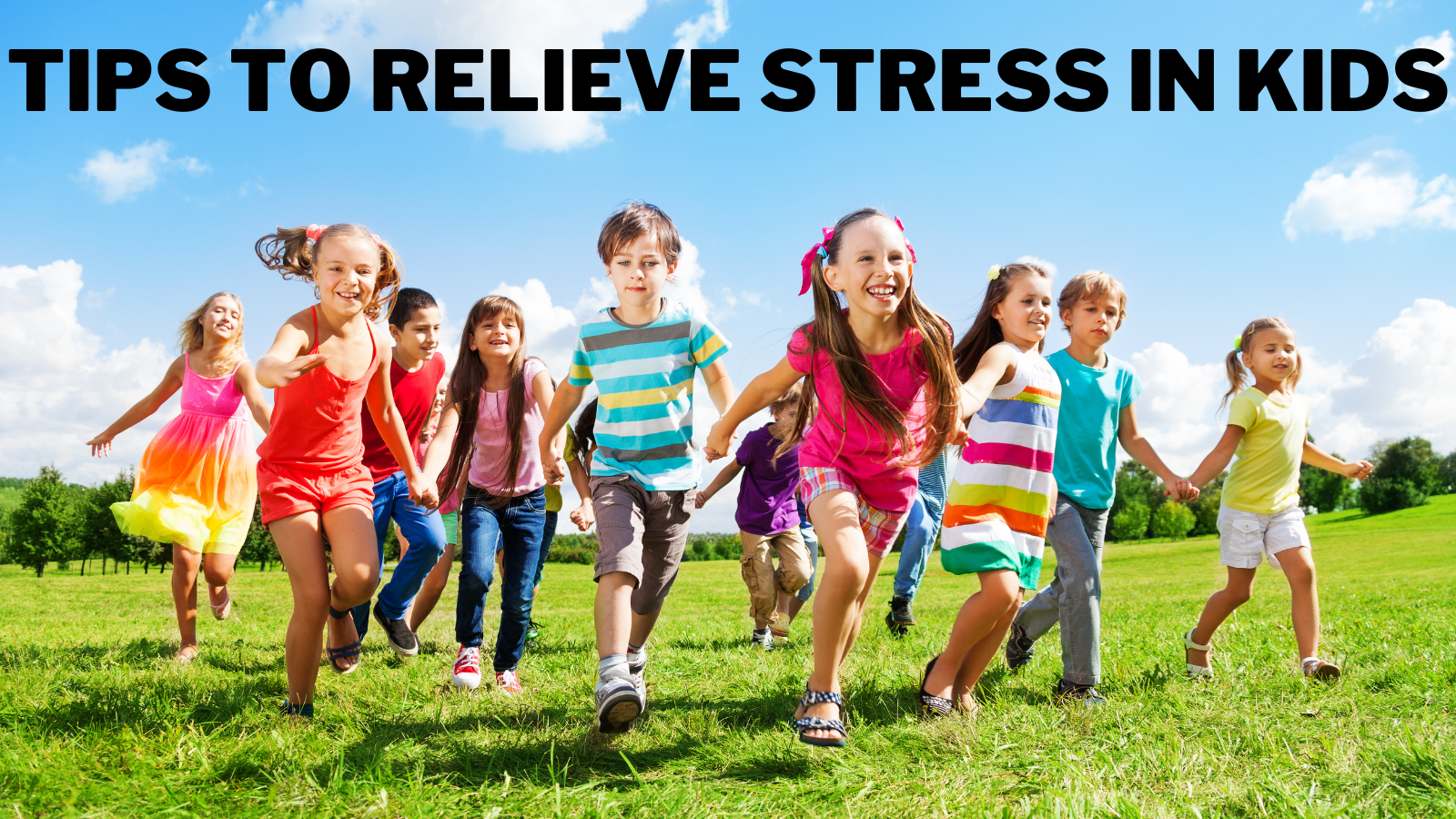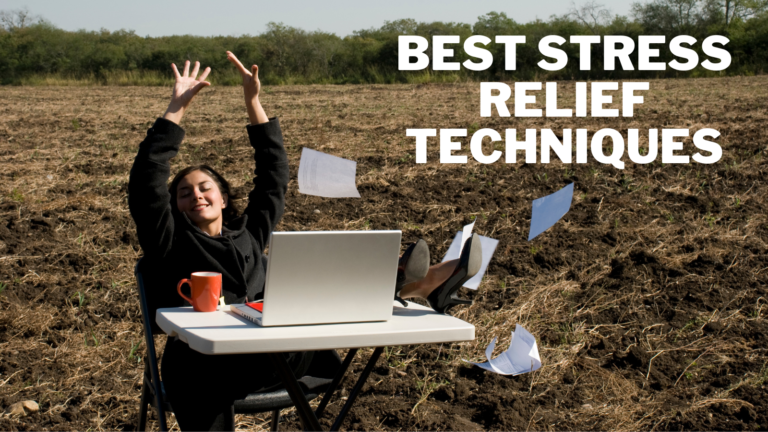Best Tips To Relieve Stress In Kids
Best Tips To Relieve Stress In Kids
Stress is not just an adult problem. Kids, too, can experience stress daily due to schoolwork, social pressure, or family issues.
As parents or caregivers, it's important to recognize when a child is feeling stressed and help them cope healthily.
In this blog, we'll explore some effective ways to relieve stress in kids, from simple breathing exercises to fun outdoor activities.
Incorporating these techniques into your child's routine can help them manage their stress levels and build resilience for the challenges ahead.

What Is Stress In Kids
Stress is a natural response to challenging situations, not just a problem that adults experience. Children can also experience stress due to a variety of reasons.
Stress can be defined as a physical and emotional response to a perceived threat or challenge.
When a child experiences stress, their body releases stress hormones such as adrenaline and cortisol, which trigger the body's fight or flight response.
Stress in children can be caused by various factors such as academic pressure, peer pressure, family issues, and even changes in routine.
Common sources of stress in kids include exams, bullying, social situations, family conflicts, and transitions such as moving to a new school or home.
The signs of stress in children may vary from child to child, but some common indicators include changes in behaviour, mood, and sleep patterns.
A child experiencing stress may become irritable or moody, have difficulty sleeping, experience physical symptoms such as stomach aches and headaches, or even withdraw from social situations.

Types Of Stress In Kids
Children can experience different types of stress depending on their age, personality, and environment. Here are some of the most common types of stress that children may experience:
1. Academic Stress
Children may feel overwhelmed or pressured by academic demands such as homework, tests, or grades.
2. Social Stress
Social stress is a type of stress that arises from social situations and interactions, and it can affect children in many ways.
Peer pressure, bullying, and feeling excluded from social groups are common sources of social stress for children.
Peer pressure is the feeling that one must conform to the behaviour or attitudes of one's peers to fit in or be accepted.
This pressure can come from friends, classmates, or even strangers, and it can be difficult for children to resist.
Children may feel stressed because they want to fit in and be accepted, but at the same time, they may feel uncomfortable with the behaviour or attitude that their peers are promoting.
Bullying is another source of social stress for children. It involves repeated aggressive behaviour towards an individual to cause harm or distress.
Bullied children may feel stressed and anxious and experience various physical and emotional symptoms, including headaches, stomachaches, low self-esteem, and depression.

3. Family Stress
Family stress is a type of stress that arises from issues and conflicts within the family unit. It can affect all family members, including children, and can arise from various sources.
Conflicts between parents are a common source of family stress. When parents argue, fight, or have difficulty communicating effectively, tension and pressure within the family can be created.
Children may feel anxious or upset when they see their parents in conflict and may feel caught in their parents' disagreements.
Divorce is another source of family stress. It can be difficult and stressful for children. They may feel a sense of loss or grief and struggle to adapt to changes in their family structure.
They may also feel torn between their parents or worry about the impact of the divorce on their future relationships.
Financial problems can also create family stress. When families struggle with money issues, it can cause tension and conflict between parents and may result in feelings of anxiety, worry, or insecurity for children.
Children may be aware of their parent's financial struggles and may worry about the impact on their own lives.
4. Traumatic Stress
Traumatic stress arises from exposure to a traumatic event or experience, such as physical or emotional abuse, neglect, or exposure to violence.
Children who have experienced trauma may experience ongoing stress related to the traumatic event.
Physical abuse can involve hitting, kicking, or other forms of physical violence. Children who have experienced physical abuse may feel anxious, fearful, and unsafe and find it difficult to trust others or form positive relationships.
Emotional abuse can involve verbal or psychological abuse, such as name-calling, put-downs, or manipulation.
Children who have experienced emotional abuse may struggle with low self-esteem, depression, or anxiety and may have difficulty regulating emotions or trusting others.
Neglect can involve a lack of basic care, such as food, shelter, or medical attention.
Children who have experienced neglect may feel a sense of insecurity or instability and struggle with anxiety or depression.
Exposure to violence, such as witnessing domestic or community violence, can also be traumatic for children.
Children exposed to violence may experience ongoing fear or anxiety and have difficulty feeling safe or secure in their environment.
5. Environmental Stress
Environmental stress refers to stress that arises from external factors such as natural disasters, pollution, or changes in living situations.
Children may experience environmental stress in various ways, depending on their circumstances and the nature of the stressor.
Natural disasters like hurricanes, earthquakes, or floods can be particularly traumatic for children.
Children who experience a natural disaster may feel a sense of loss or grief and struggle to cope with the aftermath.
They may also experience ongoing stress related to the disruption of their routine, the loss of their home or belongings, or the displacement of their family.
Pollution is another source of environmental stress that can affect children's health and well-being.
Exposure to air pollution, for example, can lead to respiratory problems such as asthma and long-term effects on children's cognitive and developmental outcomes.
Exposure to other types of pollution, such as lead or mercury, can also have serious health consequences for children.

6. Physical Stress
Physical stress is a type of stress that can occur from illness, injury, or chronic health conditions that cause physical discomfort and stress.
Children who experience physical stress may struggle with pain, discomfort, or other physical symptoms that can impact their daily functioning and overall well-being.
Illnesses such as the common cold, flu, or other infections can cause physical stress for children, as they may experience symptoms such as fever, headache, body aches, and fatigue.
Chronic health conditions, such as asthma, diabetes, or autoimmune disorders, can also cause ongoing physical stress for children.
They may need to manage their symptoms daily and may experience limitations on their activities or participation in certain events.
Injuries, such as broken bones or sprains, can also cause physical stress for children, as they may need to limit their activities. At the same time, they heal and may experience pain or discomfort during recovery.

Tips To Relieve Stress In Kids
There are many effective ways to relieve stress, and the best strategies may vary from person to person.
1. Mindfulness
Mindfulness is an effective stress-relief technique to help children become more active and focused.
It involves paying attention to the present moment openly and non-judgmentally.
Children can learn to let go of worries about the past or future and reduce stress levels by focusing on the present moment.
One simple mindfulness practice children can use to reduce stress is deep breathing.
Kids can activate the parasympathetic nervous system by taking slow, deep breaths, which promotes relaxation and reduces stress.
Visualization is another effective mindfulness technique. Encouraging children to visualize a peaceful scene or situation, such as a beach or a forest, can help them feel more relaxed and calm.

2. Exercise
Exercise is an effective way to reduce stress and promote overall well-being. Regular physical activity helps release endorphins, natural mood boosters that can help reduce stress levels.
When children engage in physical activity, such as running, swimming, or playing sports, their bodies release endorphins, leading to happiness and relaxation.
Exercise can also help to reduce muscle tension and improve circulation, which can lead to a reduction in stress levels.
When children engage in physical activity, their bodies release tension and promote relaxation. This can help reduce stress symptoms, such as headaches and muscle aches.
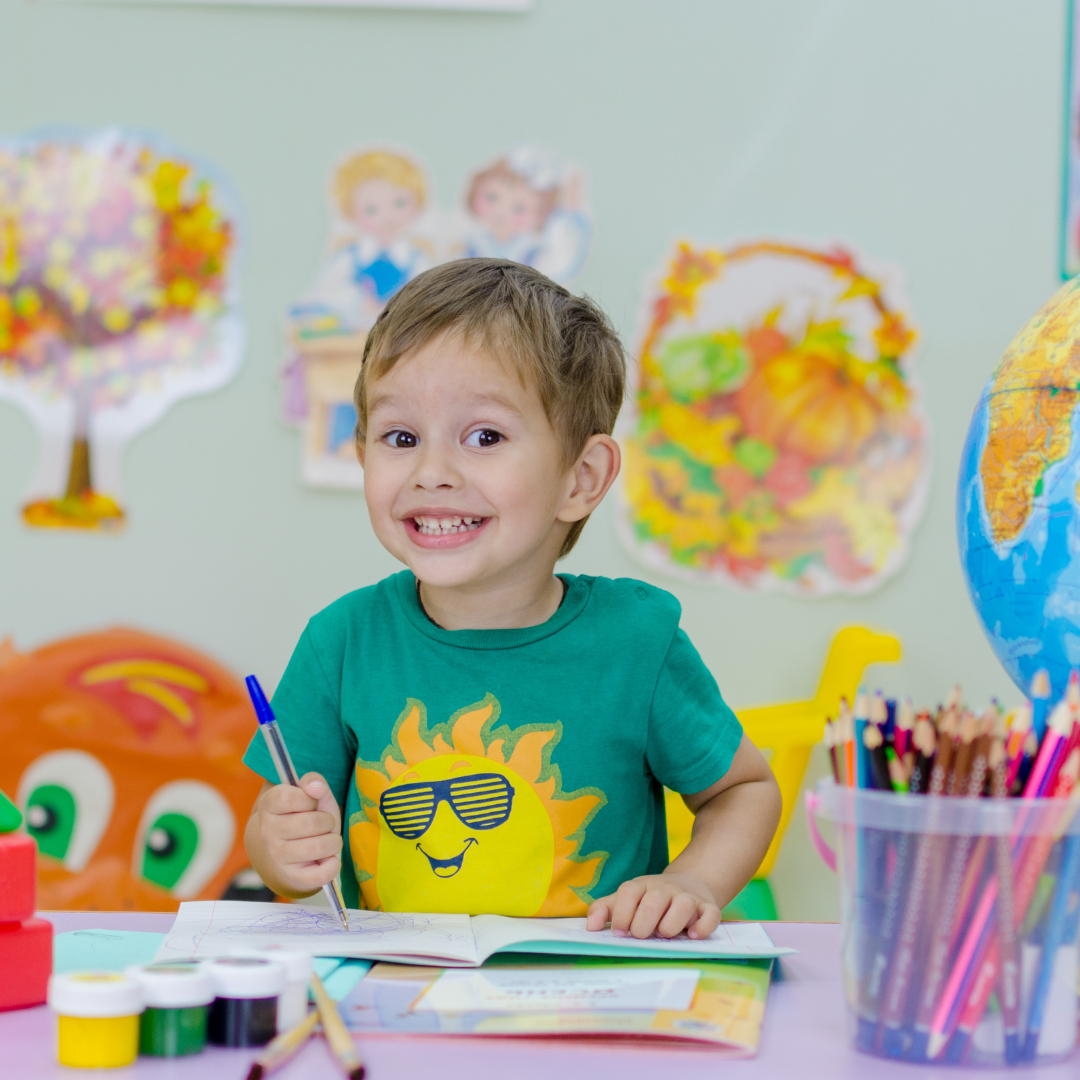
3. Creative Outlets
Engaging in creative activities can be an effective way for children to relieve stress and promote relaxation.
Creative outlets such as drawing, painting, writing, or playing music can provide a healthy outlet for emotions and allow children to express themselves safely and positively.
Creative activities can also help children to reduce stress by promoting a sense of calm and relaxation.
When children engage in creative activities, they often become fully absorbed in the process, which can help to reduce stress levels and promote a sense of well-being.
Engaging in creative activities can also help children focus their attention and develop an understanding of mindfulness, effectively reducing stress.

4. Spending Time In Nature
Spending time in nature effectively reduces stress levels and promotes relaxation.
Outside in green spaces or near water can calm the mind and body, reducing stress and promoting well-being.
Going for a hike or walk in a natural setting can help children connect with nature and promote a sense of mindfulness.
Children can reduce stress levels and feel more relaxed and centred by focusing on nature's sights, sounds, and smells.
Spending time at the beach is another effective way to reduce stress levels. The sound of waves and the feel of the sand can have a calming effect on the mind and body, reducing stress and promoting relaxation.
Simply playing in the park or spending time in a garden can also effectively reduce stress levels.
Being surrounded by greenery and natural beauty can help to promote a sense of calm and relaxation, reducing stress and promoting well-being.
5. Social Support
Social support is a crucial factor in reducing stress levels in children. Spending time with family and friends can provide a sense of connection and belonging, which can help to reduce feelings of isolation and loneliness and promote a sense of well-being.
A strong support system can also provide a safe space for children to share their feelings and concerns, which can help to alleviate stress and promote emotional regulation.
Children who feel heard and understood by their family and friends are more likely to feel supported and resilient in the face of stress and adversity.
Participating in group activities and social events can also be an effective way for children to reduce stress levels.
Group activities such as sports, music, or art classes provide opportunities for children to connect with others who share their interests, providing a sense of camaraderie and support.

6. Relaxation Techniques
Relaxation techniques are a valuable tool for reducing stress levels in children.
Techniques such as progressive muscle relaxation, deep breathing, or visualization can help to promote peace and reduce tension in the body.
Progressive muscle relaxation helps kids become more aware of their bodily feelings and fosters tranquillity by tensing and relaxing various muscle groups.
Deep breathing techniques can also effectively reduce stress levels, as they help slow down the heart rate and promote a sense of calm.
Visualization techniques involve imagining a peaceful or calming scene, such as a beach or a forest, which can help to reduce stress and promote relaxation.
Guided imagery and meditation can also effectively reduce stress levels, as they help children focus their attention and encourage mindfulness.
7. Time Management
Time management is an essential skill for reducing stress levels in children. Learning to manage time effectively can help children feel less overwhelmed and stressed and promote a sense of control and empowerment over their daily lives.
Teaching children how to prioritize tasks, create schedules, and break down larger projects into smaller, more manageable tasks can help them manage their time more effectively and reduce stress.
This can also help children to feel more organized and prepared, which can, in turn, reduce feelings of anxiety and stress.
Time management skills can also help children to develop good study habits and reduce academic stress.
By breaking down larger assignments into smaller tasks and creating a schedule for completing them, children can feel more confident and in control of their academic workload.
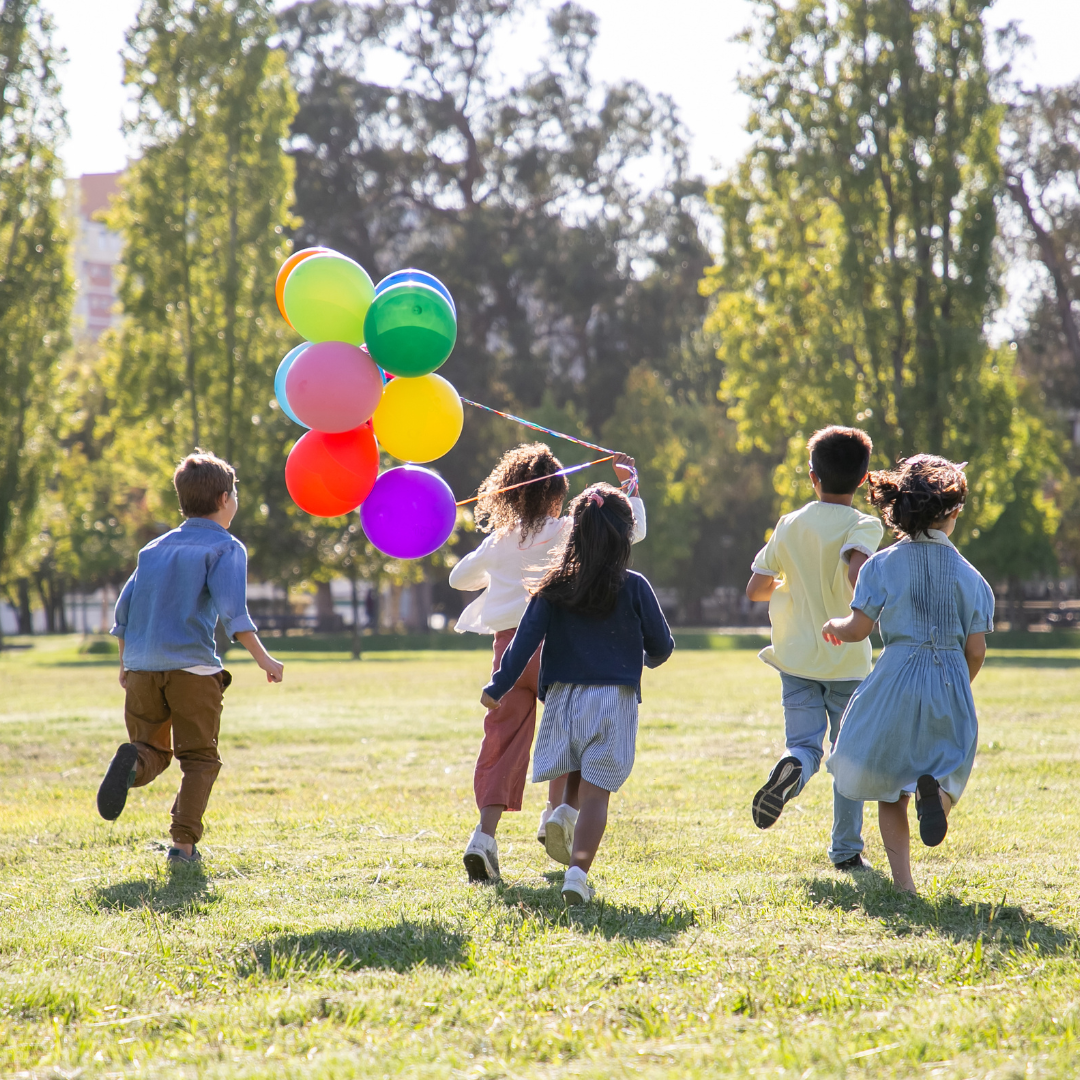
8. Play
Play is an essential part of childhood and can also be an effective way to relieve stress.
Engaging in unstructured play, such as playing with toys, building forts, or running around outside, can help children to relax and let go of stress.
Play allows children to use their imagination and creativity, which can help them to process emotions and release tension.
It can help children build social connections, which can provide a sense of comfort and support during times of stress.
Play can allow children to take a break from academic or other responsibilities, recharge and return to their tasks with renewed focus and energy.

9. Sleep
Sleep is essential for children's physical and mental development and can also play a critical role in reducing stress levels.
Children not getting enough sleep can increase their stress levels and make them more vulnerable to stress.
Establishing a regular bedtime routine can help children get the recommended amount of sleep each night, promoting better overall health and well-being.
Parents and caregivers can encourage healthy sleep habits by creating a consistent bedtime routine that includes relaxing activities such as reading a book, taking a warm bath, or practicing relaxation techniques.
It's also important to create a sleep-conducive environment by ensuring the child's bedroom is quiet, cool, and dark.
Avoiding screens and stimulating activities before bedtime can also help children to wind down and prepare for sleep.

10. Nutrition
Nutrition plays an important role in reducing stress levels in children. Eating a healthy, balanced diet can provide the necessary nutrients to support physical and emotional well-being, which can help to reduce stress.
Encouraging children to eat fruits, vegetables, whole grains, and lean proteins can ensure they get the necessary nutrients to support their bodies and minds.
Foods high in sugar and unhealthy fats can negatively impact mood and energy levels, increasing stress.
Parents and caregivers can encourage healthy eating habits by modelling good nutrition and providing healthy food options.
Inviting children to participate in meal planning and preparation can promote healthy eating habits and create a positive relationship with food.
Ensuring that children eat regular, balanced meals throughout the day can help stabilize blood sugar levels and prevent hunger-related stress.
Encouraging children to stay hydrated by drinking plenty of water can also help to support their overall health and well-being.

11. Sensory Activities
Sensory activities are a great way to help children relieve stress, as they can engage the senses and provide a calming and soothing effect.
Kinetic sand, for example, provides a tactile experience that can be relaxing and therapeutic.
Squishing stress balls or using fidget toys can also help to release tension and promote a sense of calm.
These activities can be especially beneficial for children who may have difficulty expressing their emotions verbally or struggle with anxiety.
Additionally, sensory activities can be done independently or with others, making them a versatile option for stress relief.

12. Aromatherapy
Aromatherapy uses essential oils to encourage relaxation and ease tension as a holistic strategy to lower stress levels.
Essential oils are highly concentrated plant extracts known for their therapeutic properties.
Lavender, chamomile, and peppermint are popular scents that can help to promote relaxation and reduce stress.
Lavender, in particular, is known for its calming and soothing properties and is often used to help with anxiety and stress-related symptoms.
Aromatherapy can be done in various ways, including using an essential oil diffuser, adding a few drops to a warm bath, or applying the oil topically after diluting it with a carrier oil.
Aromatherapy is a non-invasive and natural approach to stress relief that can be easily incorporated into a child's daily routine.

13. Journaling
Journaling is a form of expressive writing that can help children to identify and process their emotions.
It can be a safe and private outlet for children to express their feelings, fears, and worries without fear of judgment.
Journaling can also help children develop self-awareness and reflection skills, benefiting their emotional well-being.
Writing about positive experiences and expressing gratitude in a journal can also promote positive thinking and help to reduce stress levels.
14. Breathing Exercises
Deep breathing and belly breathing are techniques that can help children reduce stress and anxiety.
Deep breathing involves taking long, slow breaths through the nose and out through the mouth, focusing on the sensation of the breath moving in and out of the body.
Belly breathing involves breathing deeply into the belly, expanding it like a balloon, and then slowly exhaling.
Both techniques can be done anywhere and at any time and can help calm the mind and body.
It can be helpful to practice these techniques with children so they can use them independently when feeling stressed or anxious.
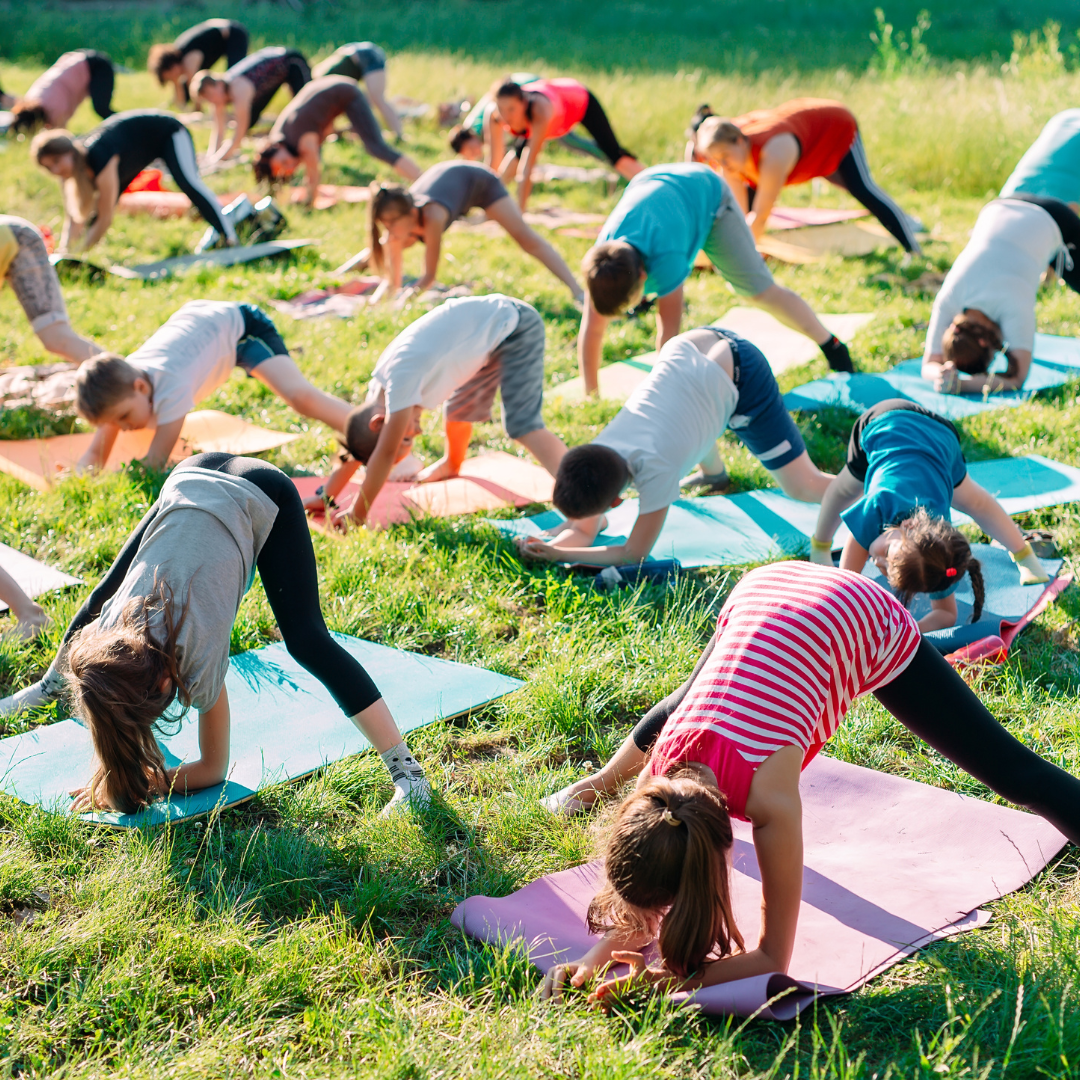
15. Yoga
Yoga is a practice that has been around for thousands of years and has become increasingly popular in recent years as a form of exercise and stress relief.
The method involves a series of physical postures or asanas designed to promote strength, flexibility, and balance.
These postures are often combined with breathing techniques and meditation, which can help to promote relaxation and reduce stress levels.
One of the key benefits of yoga is its ability to promote mindfulness and present-moment awareness.
By focusing on the breath and the body's physical sensations, practitioners are encouraged to let go of distracting thoughts and worries and be fully present. This can help to reduce stress and promote a sense of calm and well-being.
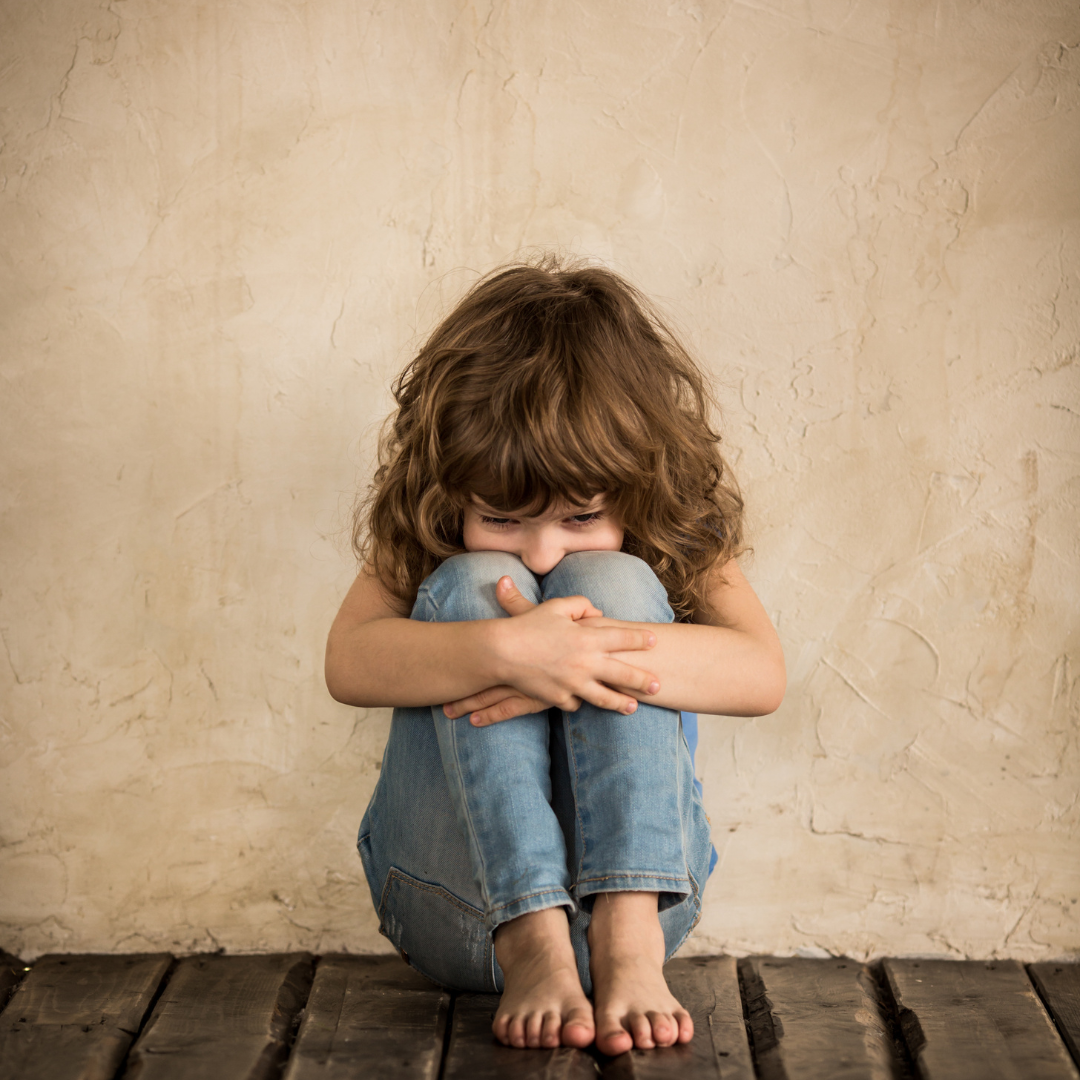
Conclusion
By prioritizing mental health and well-being and teaching them effective ways to manage stress, we can help them thrive and become resilient individuals better equipped to navigate life's challenges.
I trust you enjoyed this article about the Best Tips To Relieve Stress In Kids. Please stay tuned for more blog posts to come shortly.
JeannetteZ
>>>Please click here to read my all-inclusive article about Lessons That Will Teach You All About Stress<<<
>>>Are you interested in Natural Healing And Stress Relief through Herbs? Please click here for my #1 Recommendation<<<
Your Opinion Is Important To Me
Thoughts? Ideas? Questions? I would love to hear from you. Please leave me your questions, experiences, and remarks about this article on the Best Tips To Relieve Stress In Kids in the comments section below. You can also reach me by email at Jeannette@Close-To-Nature.org.
Disclosure
This post may contain affiliate links. I earn from qualifying purchases as an Amazon Associate and other affiliate programs. Please read my full affiliate disclosure.
You might also enjoy these blog posts:
15 Best Tips On How To Reduce Eye Stress
Best Tips To Reduce College Stress
Best Tips To Reduce Breakup Stress
18 Best Ways To Reduce Financial Stress
Best Tips To Reduce Study Stress

